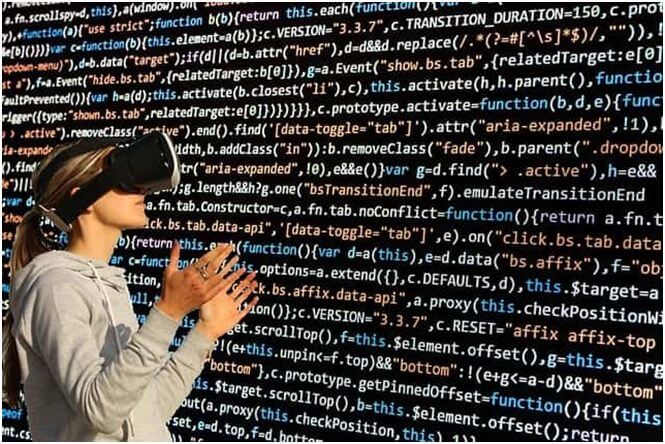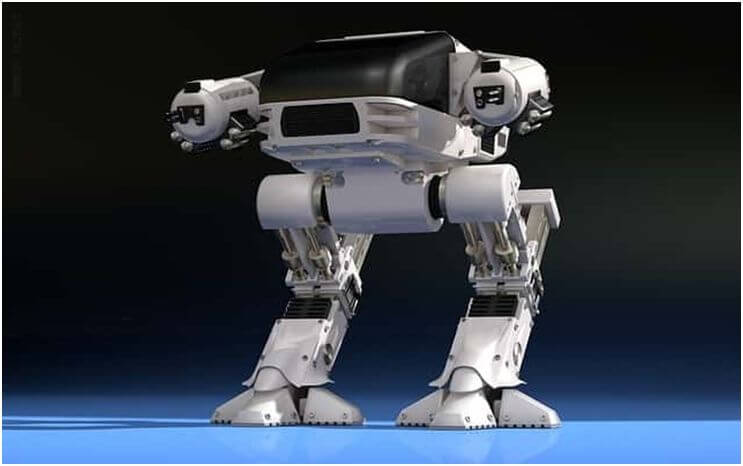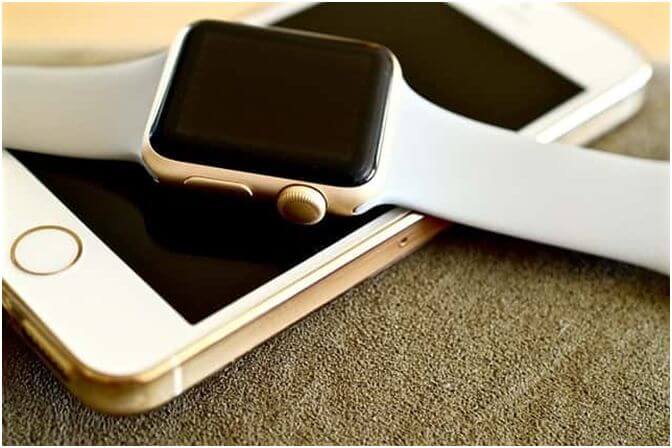We are going to discuss top 7 Life-changing Technologies that are Revolutionizing the Medical Space in this article.
The contents we are going to cover in this article:
- Cancer Nanotherapy
- Virtual Reality
- Surgical Robots
- 3D Printing
- Wireless Sensors for Brain
- Wearable Devices
- Food Scanners
Introduction:
Digitalization has left a considerable impact on almost every industry. Although the healthcare industry has been slightly reluctant towards technological intervention, the perspective changed. Slow but steadily, healthcare companies began investing in technology and gave a boost to innovation. The emerging technologies have not only left an impact on healthcare deliverable, but it also improved the patient experience.
Now, most of the patient-doctor communication takes place on the internet via multiple platforms. Even the efficiency of doctors and nurses have increased manifold. Using artificial intelligence, analytics tools, virtual reality, and other technologies, medical practitioners are improving quality of care. The overall impact of technology is commendable.
Using the latest medical techniques and devices, doctors are ensuring faster delivery of care and recovery process. Here is a list of those seven emerging technologies that are providing more advanced healthcare set up for the present and future generation.

1. Cancer Nanotherapy
Earlier, the treatment of cancer involved the use of conventional therapies and diagnostic processes including implementation of chemotherapy, biopsy, surgery, use of catheters, etc. These therapies are still in use; however, the approach to cancer treatment has changed due to the intervention of technology. Now, Nanotechnology is being used in which nanomaterials are leveraged to kill cancerous cells only. Previously, the anticancer agents and process used to cure cancer by damaging the malicious cells affected the normal ones as well leaving adverse effects on the patient body. But, when cancer Nanotherapy came into use, drugs were delivered to kill defective cells without harming the healthy ones.
A lot of discoveries have taken place over the years in terms of finding a way to cure cancer and make it affordable for all. Though there have been quite a few success stories, a majority of the cases have shown disappointing results. With advances in science and technology, the medical success rate for a cancer cure has grown in numbers. Especially in the past few years, a lot of improvements in the form of using Nanotechnology have worked wonders for cancer patients.
2. Virtual Reality
From patient treatment, disease awareness to medical marketing and training, virtual reality has taken over charge of almost every crucial segment of the healthcare industry. There are multitudes of use cases where the application of virtual reality has helped healthcare professionals, patients, others in the medical space to boost operational efficiency and improve quality of care.
With the help of virtual reality, medical students are able to view and access area inside the human body that were otherwise impossible and get a 360° view. This helps in the replicating surgical procedures, giving medical students a real-life experience during the training process. Also, such an insight view helps patients as well to get a complete view of their pathology and anatomy procedure through VR reconstruction technology.
With technological advances in the medical field like the implementation of virtual reality for remote treatment of patients, the duration of hospital stay and care expenses have also reduced. Using medical VR, doctors can stay connected with their patients and remotely control their treatment. Even patients who have extended hospital stay can make use of VR supported apps provided by companies like VisitU to stay in touch with family and friends at any time of the day.

3. Surgical Robots
The use of robots across various spheres of life is slowly gaining momentum. Healthcare operations are no exception when it comes to robotic assistance to perform complex to regular medical procedures and treatments. In recent time, robotic surgery has attracted a lot of attention and is gradually becoming a favorite of healthcare professionals especially doctors.
Scientists together with technology giants are coming up with innovative robots who can talk, walk, and perform almost every activity like that of a human. In the operation theater, human surgeons are using robotic arms to perform a surgical procedure. It helps in better precision, a smaller incision and faster treatment and recovery time.

4. 3D Printing
Hardly anyone in today’s world doesn’t know about the 3D technology. From movies to the healthcare industry, the technique of enhancing illusion is everywhere. In the medical sector, 3D technology has brought a revolutionary impact. Earlier, prosthetics for implants were mass-manufactured based on one-fit for all approach. Often, the fittings and comfort of those traditional prosthetics failed to meet the expectations. But with the introduction of printers that uses 3D technology, it has become possible to print custom-made prostheses. 3D printers can also print drugs and even human cells with better precision at each level.
For instance, researchers in Spain are coming up with innovative technology to help disfigured skin of burn patients using 3D technology. Here also they are using the same layer-upon-layer approach using a 3D bioprinter prototype that is capable of producing human skin. The printer will use biological ink that consists of materials taken from skin biopsies as well as human plasma to print 100 squares centimeter of skin approximately within four hours.
5. Wireless Sensors for Brain
Medical advances have taken treatment of a patient with brain injuries to a whole new level. Now, together with scientists, doctors are developing devices made of bioresorbable material. Then when needed, they place these wireless sensors in the brain for remote monitoring. When no longer required, doctors can dissolve it with no harm causing to the patient. These devices operate through wireless connectivity, giving control access to doctors.
The use of these brain-computer interfaces has helped healthcare professionals to assist patients with brain disorder with their daily activities. It also enables brain specialists to monitor thought of patient with severe paralysis problem through these sensors.
6. Wearable Devices
The global wearable device market is growing at a rapid pace. With people taking more control of their well-being and health, use of wearable is obvious. Hence, the demand for smartwatches, fitness bands, tracking devices, and mHealth apps, are on the rise. As a result, experts are estimating the wearable technology market to reach six billion U.S. dollars globally by 2024.
Just by wirelessly connecting the wearable device with their phone apps, people can track and monitor vital health stats. From footsteps to calorie, heartbeat, and all other health information, wearable makes them readily available in real-time. The potentiality of wearable technology in medical treatment is immense. And as time progresses, more and more health enthusiasts are using these devices to lead a healthy lifestyle.

7. Food Scanners
With bare eyes, we could hardly see the inner elements of the food we are going to consume. A food item may consist of many invisible attributes. It may have harmful chemicals, allergens, fat, calorie, excessive salt, and sugar, etc. Consuming such food may curb your diet plans and even bring in adverse health impacts. But thanks to technology that introduced food scanners to identify the makeup of the food we consume. Using these food scanners, people can determine allergens and calorie quantity. Also, they find out the mineral and vitamins present in the menu to make an informed food selection. People can narrow down their choice of what to eat and what to avoid.
It’s a Wrap!
Looking at the increasing adoption of technologies, we can expect significant progress in the quality of care patients are receiving. Introduction of the latest tools and applications are ensuring advanced medical treatments that are furthering reducing healthcare cost.
From personalized medicine to remote care, technology has completely changed the healthcare dimension, making care affordable and accessible. Also, the rate of people dying due to no cure to their disease is reducing in percentage. Thanks to our doctors and scientists who are making every effort to find medicine and treatment of many critical diseases. Hence, based on all these perspectives driven by technology, we can expect a more safe, advanced and secure healthcare functioning.
My name is Lauren Williams currently I am working as a full-time Senior Marketing Manager at Medicoreach. My hobbies are watching football, basketball, and traveling. That all about me in simple words.
Author Website: https://www.medicoreach.com/